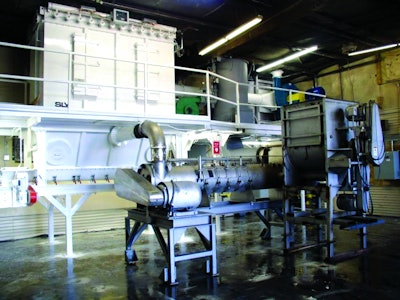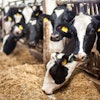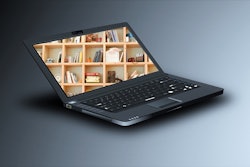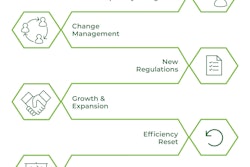
国际标准组织(ISO)helps facilitate international trade by providing common procedures and practices that ensure the manufacture and delivery of safe, reliable products.
In 2014, Chinese feed industry representatives recommended the establishment of new technical committee to develop ISO standards for stationary feed machinery and technical committee 293 (ISO/TC-293) was approved by the ISO Technical Management Board.
The initial focus of the standards is on the hygiene, safety and terminology of international standards for feed machinery. Once established, these standards will affect the manufacture and international trade of feed manufacturing equipment.
In response, the United States developed a Technical Advisory Group (TAG) to represent U.S. interests in this effort. The American Feed Industry Association’s Gary Huddleston, director of feed manufacturing and regulatory affairs, serves as chairman of the US TAG. There are currently 46 companies as well as 8 associations, universities and government agencies represented on the US TAG.
This is an important issue for AFIA because once agreed upon, ISO/TC-293 standards will be the globally accepted quality benchmarks for all feed machinery, regardless of their country of origin or sale. Huddleston recently attended the second plenary meeting of ISO/TC-293 in Winterthur, Switzerland.
Feed & Grain‘seditor Elise Schafer caught up with Huddleston shortly after his return from Winterthur to discuss what the proposed standards could mean for feed equipment and machinery manufacturers.
Feed & Grain:What is the United States’ stance on imposing ISO standards on feed manufacturing equipment?

F&G:What would the ISO standards apply to?
GH:The ISO/TC-293 aims to create standards in the terminology, safety and hygiene of stationary feed manufacturing equipment. Our main challenge has been China’s attempt to create a large portfolio of standards which would be very difficult for the industry to manage and use.
F&G:What progress has been made on establishing those standards?
GH:Most of our work so far has been in the area of terminology. We haven’t finalized anything to the point of making a standard yet because it can be a lengthy process. For example, China started out with over 1,200 feed milling terms they wanted to include in the terminology standards. The US TAG felt it was excessive and we worked together to narrow it down to less than 300 terms. Safety and hygiene (equipment cleanout) standards are the next to begin deliberation.
F&G:What other organizations participate in the ISO TC 293 U.S. TAG?
GH:The American National Standards Institute (ANSI) is the official U.S. representative to ISO. The US TAG to ISO/TC-293 is administered by the American Society of Agricultural and Biological Engineers (ASABE) ASABE assists in representing US interests in this effort and helping to formulate the US vote. We currently have 60 individuals on the US TAG.
F&G:Is more industry involvement needed?
GH:Yes it is. When we begin the safety and hygiene standards that will affect how companies design and manufacture their equipment, we’ll need U.S. experts to serve on working groups with knowledge about feed manufacturing equipment. These working groups will develop the proposed standards and we will need informed feedback and suggestions.
F&G:What other countries are actively participating in ISO TC 293?
GH:There are 13 participating member nations including China, the United States, Germany, Pakistan, the United Kingdom, Denmark, South Korea and others. There are also 13 observing nations. Recently, part of our outreach has been to get more European countries involved because they support the utilization of the universally accepted standards that are already in place.
F&G:What results are you hoping to achieve?
GH:我们的目标是最小化number of standards that go into effect, and to make sure the outcome is something U.S. equipment manufacturers are comfortable with. And above all, we want to see standards approved that promote, rather than hinder, international trade.
F&G:What were the results of the recent plenary meeting in Winterthur, Switzerland?
GH:The international committee made significant progress toward the goal of reaching an achievable and usable set of standards for this industry sector. The Chinese delegates had initially proposed nine different standards for equipment terminology, 30 for safety and 17 for hygiene. The U.S. delegates, along with delegates from other countries, were successful in convincing them to adopt a strategy of creating one standard in each of these three main areas. As a result, standards users would only need to monitor three targeted and specific documents, a manageable approach to the U.S. feed equipment manufacturers. ■






















